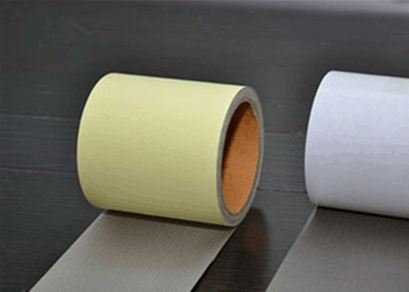Electromagnetic field shielding materials are a type of material used to block or reduce the propagation of electromagnetic fields, and they have a wide range of applications in electronic devices, communications, aerospace, military, and other fields. Here are some common electromagnetic field shielding materials and their characteristics:
1. Metallic materials
Copper and aluminum: These are traditional shielding materials that can effectively shield electromagnetic fields due to their good conductivity. However, their density is relatively high and may not be suitable for all applications.
Beryllium copper: Beryllium copper is a high-performance alloy material with high conductivity, high strength, and good corrosion resistance, especially suitable for applications that require high shielding performance.
Metal foil: such as copper foil, aluminum foil, etc., can be easily cut and attached to various surfaces to provide electromagnetic shielding effect.
2. Conductive rubber
Conductive rubber: Glass silver plated, aluminum silver plated, silver and other conductive particles are evenly distributed in silicone rubber, and good conductivity is obtained by pressing the conductive particles into contact. Its main function is sealing and electromagnetic shielding. The product can be molded or extruded, and there are options for sheet packaging or other cutting shapes. The shielding rate can reach 120 dB (10 GHz). Conductive rubber must withstand a certain pressure to conduct well, so the structural design must ensure the appropriate level of pressure.

3. Conductive cloth
Conductive cloth: On materials such as polyester, metal nickel is first chemically deposited or physically transferred onto the polyester, and then a highly conductive copper layer is plated on top of the nickel. The combination of copper and nickel provides excellent conductivity and electromagnetic shielding effect. The shielding range is 100K-3GHz, and it has good high temperature resistance and tensile strength.
4. Conductive foam
Conductive foam: Wrap a conductive braided sleeve around a flame-retardant sponge, and after a series of treatments, make it have good surface conductivity. Conductive foam pads have excellent shielding performance and high cost-effectiveness, making them one of the most widely used shielding materials currently. Its average shielding performance can reach 90dB, surface resistance is above 0.07 Ω/㎡, operating temperature range is -40 ℃ 70 ℃, and permanent compression deformation is between 8% and 20%.
5. Composite electromagnetic shielding coating
Composite electromagnetic shielding coating: mainly composed of film-forming resin, conductive fillers (such as silver powder, copper powder, nickel powder, carbon nanotubes, etc.), diluents, coupling agents and other additives. These coatings can form a conductive layer on non-metallic or non-conductive surfaces by spraying or brushing, thereby shielding electromagnetic waves. For example, conductive coatings containing composite particles such as copper and silver can achieve a conductivity of 0.015 Ω/sq, providing 60-80dB shielding for the chassis in the range of 30MHz-1GHz.
6. Nanomaterials
Carbon nanotubes have a high aspect ratio and excellent electrical and magnetic properties, exhibiting outstanding performance in conductivity and absorption shielding. Therefore, the research and development of conductive fillers as electromagnetic shielding coatings are receiving increasing attention.
Graphene: As a new type of carbon material, graphene is more likely to become a new and effective electromagnetic shielding or microwave absorbing material than carbon nanotubes. Graphene has a unique physical structure and excellent mechanical and electromagnetic properties, as well as good microwave absorption performance.
7. Other materials
Absorbing materials: such as radar absorbing materials or radar stealth materials, they convert microwave energy into other forms of energy (such as thermal energy) through certain physical mechanisms, thereby absorbing microwave and electromagnetic energy, reducing reflection and scattering.



